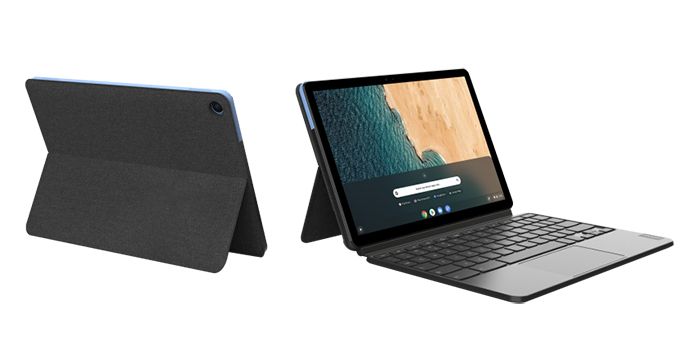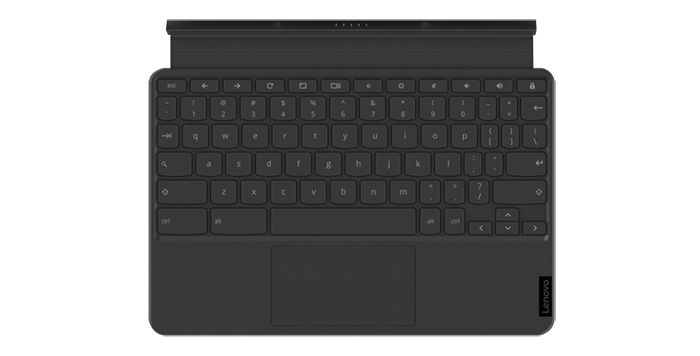In our post covering the top smartphones of 2019, I believed that the Mi Note 10’s penta-camera setup was the best new hardware feature of the year. What drove this innovation in multi-camera technology is the fact that image sensors have gotten much better, modern image signal processors are more powerful, and camera software has become more sophisticated. That’s why this year, smartphone giants like Samsung and Huawei will unveil devices with quad and penta-camera modules contained within a rectangular area on the rear. Housing camera modules in a circular or rectangular enclosure is how smartphone brands make multi-camera devices look aesthetically pleasing. But what if there were another way? That’s what OnePlus is demonstrating with the Concept One – a prototype smartphone with cameras that can turn invisible.


During a briefing with the press at CES, OnePlus explained that the Concept One device is the latest example of the company’s push to improve the colors, materials, and finish (CMF) of smartphone design. With the new device, OnePlus says they’ve now stepped into the territory of “ECMF,” where the E stands for Electronic. Their goal is to create a material finish that is not only aesthetically pleasing but also functional for day-to-day use. To that end, OnePlus chose to once again partner with McLaren, the British sports car manufacturer. Over the course of 18 months, OnePlus worked to create a concept smartphone with McLaren’s iconic orange leather, aluminum alloy framing, and electrochromic glass. Internally, the OnePlus Concept One has the same specifications as the OnePlus 7T Pro McLaren Edition, but it has a radically different design.
McLaren Papaya Orange
The leather on the rear of the OnePlus Concept One has the same Papaya Orange color found in McLaren vehicles, specifically the McLaren 720S. There’s even stitching in the leather that surrounds both sides of the camera lenses and runs down the length of the body. The frame of the device is made up of PVD (physical vapor deposition) coated aluminum rather than an oxidized aluminum layer. OnePlus also added a thin layer of 24 karat gold to make the frame shiny.
OnePlus says they’re the first to utilize PVD in smartphone design, but while the McLaren Papaya Orange finish is indeed beautiful, it’s not what’s most interesting about the Concept One. That crown belongs to the Invisible Camera.
Invisible Camera
In order to hide the camera, OnePlus says they needed a new easement approach. OnePlus took inspiration from the McLaren 720S and other luxury vehicles where the sunroof’s transparency can be adjusted to control how much light can shine through. Basically, the glass can shift from transparent to opaque by changing the current and voltage. The technology, called electrochromic glass, is thus not new, but it’s now been applied to smartphone camera lenses for the first time.
OnePlus makes the argument that the smartphone industry will eventually figure out under-screen camera technology, eliminating visible cameras on the front of a device. Indeed, OPPO showed off an impressive under-screen camera prototype at its Innovation Day event last month. What OnePlus is doing with the Concept One, is, therefore, complementary to under-screen camera technology: the end goal of both technologies is to hide cameras from view. With electrochromic glass, OnePlus is able to show the rear cameras while the camera app is in use but hide them when the camera app is closed. Furthermore, this glass technology enables OnePlus to make the camera module part of the overall design of the rear rather than having the cameras isolated in a circular or rectangular bump.


The process to bring this glass technology down to the size of a smartphone took 18 months because OnePlus needed to lower the power consumption, speed up the switching of the transparency, and reduce the size while maintaining the opacity of the electrochromic glass. At its current stage, OnePlus says the electrochromic glass technology now draws a negligible amount of power, switches in 0.7 seconds, and measures only 0.05mm – about the thickness of a tempered glass screen protector.
OnePlus spent several months improving the thickness of the glass and electrochromic glass layers. They needed the electrochromic material to be thin, but not so thin that its opacity would be impacted. Similarly, they also needed the glass to be thin without being too fragile, so they added nonpolar glass particles to give the entire glass more structure and rigidity. These nonpolar glass particles are 0.05mm in diameter and don’t cover the camera lenses so as to not impact the electrochromic effect. In total, OnePlus shaved the thickness of the glass panels down to 0.15mm each, resulting in a total combined thickness of 0.35mm.

An overview of the electrochromic glass solution on the OnePlus Concept One. There are two pieces of 0.15mm glass, one piece of 0.05mm electrochromic material, and two pieces of indium tin oxide (ITO) coating. The ITO coating makes the glass surface conductive.
Further refinements include lowering the resistance of the ITO conductive layer so it could be as transparent as possible while above the camera lenses and adding an anti-reflective coating to the inner and outer sides of the glass panels to reduce light reflection. As you can see, the result is that the cameras on the Concept One device are barely visible to the naked eye; you have to hold the device up close and at the right angle to catch a glimpse or do the same while shining a light directly on the cameras.


I recorded a short video showing the glass changing from transparent to opaque. At about 7 seconds in, I used the index finger of my left hand to perform the back gesture to close the camera app. The triple rear cameras of the Concept One quickly go from visible to (nearly) invisible.
Neutral Density Filter Effect
Beyond simply hiding the camera lens, the electrochromic glass can also be used to enable a neutral density (ND) effect in the camera app. This is because the electrochromic glass can be used to control the transparency, so the intensity of all wavelengths of light in the image can be reduced without affecting the hue. As a result, if you’re using the pro mode in the OnePlus Camera app, you’ll be able to lower the ISO and increase the shutter speed more than you would normally be able to without an ND filter.


The venue we were in wasn’t conducive to good photography, and we weren’t allowed to take the smartphone out of the venue. Thus, we weren’t able to try out the ND effect on the OnePlus Concept One for ourselves.
OnePlus Concept One – Will it come to the market?
OnePlus’ first concept phone, unfortunately, remains a concept for now. The company does not have a date set for a release, although they did have functioning units for the media to test at CES. OnePlus seems confident in where they’re at with the electrochromic glass technology, but the company says the device needs more thorough testing before it’s ready for production.
The post How OnePlus made an Invisible Camera on its Concept One smartphone appeared first on xda-developers.
from xda-developers https://ift.tt/39Oby2D
via IFTTT










